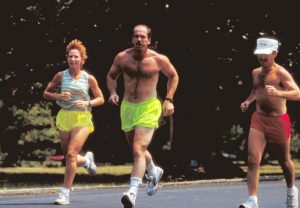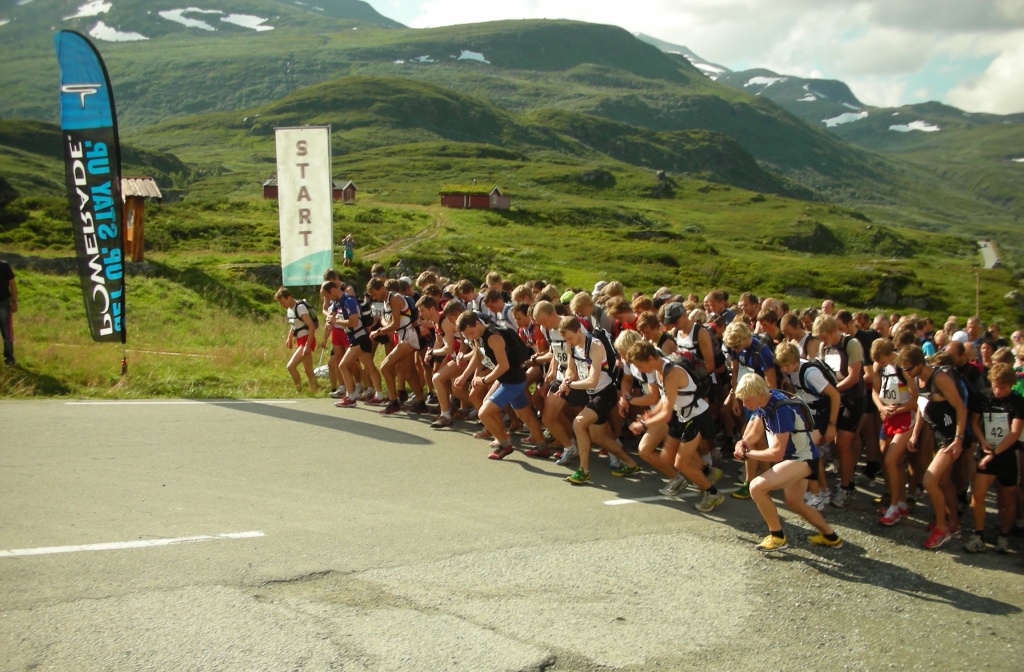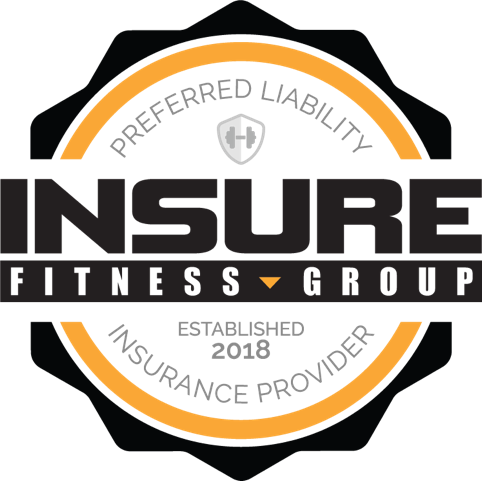Running is an exercise activity that many people want to add to their weekly exercise regimen. Whether you intend to run for a half hour or in a half marathon, there are an overwhelming number of risks that you take without proper training. Those risk and how to avoid them to be able to run and get health benefits without courting damaging negatives start with understanding the risk and then how to do it right.
Go to any gym and you will see people trying to spend too much time on high paced treadmill or elliptical training that brings little benefit and opens them up to a lot of risk if they are not properly trained for it. The reality is that the human body was not designed for movement at a chronically sustained high intensity aerobic pace. When it comes to running for long distances from a half hour to several hours of a marathon, proper training is key. Without it the risks are great.
Even if you’re young, with a good body weight-to-fat ratio and engage in regular exercise routines of 45 to 90 minutes each day, it doesn’t mean that your body is prepared for running long distances. Running puts far more stress on the body’s muscles, tendons and ligaments than biking, swimming, the elliptical, kickboxing or any other exercise.
Without proper training and conditioning someone undertaking even a short marathon may start strong, but run into problems relatively early. Problems including elevated heart rate, labored breathing and muscle fatigue to other more serious problems will start to take their toll.
This is because the brain works to monitor the body’s functions, and when you put too much stress on it the brain uses these things to force you to stop. The key word being ‘stop’ rather than ‘walk’ as walking at this point does not alleviate the damage being done to the body.
The body of the untrained runner will begin to experience micro-tears that lead to sustained aches and pains that only increase over time and cause more damage. Tendon damage is often another more severe problem that happens. This is potentially only the beginning of the problems that happen in the near term as well as the long term such as:
- Tendonitis and other repetitive strain injuries
- Loss of bone density
- Depletion of lean muscle tissue
- Decreased fat metabolism
- Debilitating osteoarthritis at young ages
- Permanent heart muscle scarring
- Weakened thyroid and adrenal glands
- Recurrent upper respiratory infections
- Increased oxidative damage (free radical production)
In the short term, temperature regulation becomes a problem leading to chills while you sweat. This is often more a symptom of poor training than poor hydration as your body depletes electrolytes at a higher level than a properly trained runner. It won’t be long before you’re getting dizzy and disoriented as your electrolytes and glucose stores are quickly depleted.
Humans have two primary energy systems that power our bodies —slow burning fats for low-level aerobic activity like walking and other day-to-day tasks; and, complex carbohydrates that allow the body to perform intense loads of work in short bursts. These are part of what is called the citric acid cycle or more commonly as the Krebs cycle. This is a chemical reaction in the body that generates energy through the oxidation of acetate derived from carbohydrates, fats and proteins.
Although that short answer does not do justice to the complex nature of our body’s energy systems, what is important to understand is that the human body has evolved to either move slowly at a steady prolonged pace or for short bursts of high energy expenditure. Experienced runners have gradually trained their bodies to withstand the pounding that comes during any long distance run.
This is why experienced personal trainers advocate for their clients to incorporate both aerobic and strength training into their workout regimens. In the proper proportion and over time, they help the body to improve its power, overall performance, and ability to avoid injury.
In short, running can be great in moderation as long as you properly train. It is preferably done with expert help such as that provided by an experienced personal trainer that can develop a custom workout and nutrition regimen for your individual needs while monitoring your health and progress.






One Response to “The Risks of Running Without Proper Training”
Remedial Massage Neutral Bay
That was a very interesting article, thanks. I was not aware of the potential link between sustained running and osteoarthritis. My understanding was that generally load bearing activities (including running) had a positive impact on OA.
I certainly do receive a number of clients with injuries from running. Very often the issue is poor mechanics caused by muscle imbalances. (eg. knock knees, tight TFL / ITB’s, etc). Once these imbalances are corrected by proper activation of the dormant muscles, injuries from running become far less prevalent.